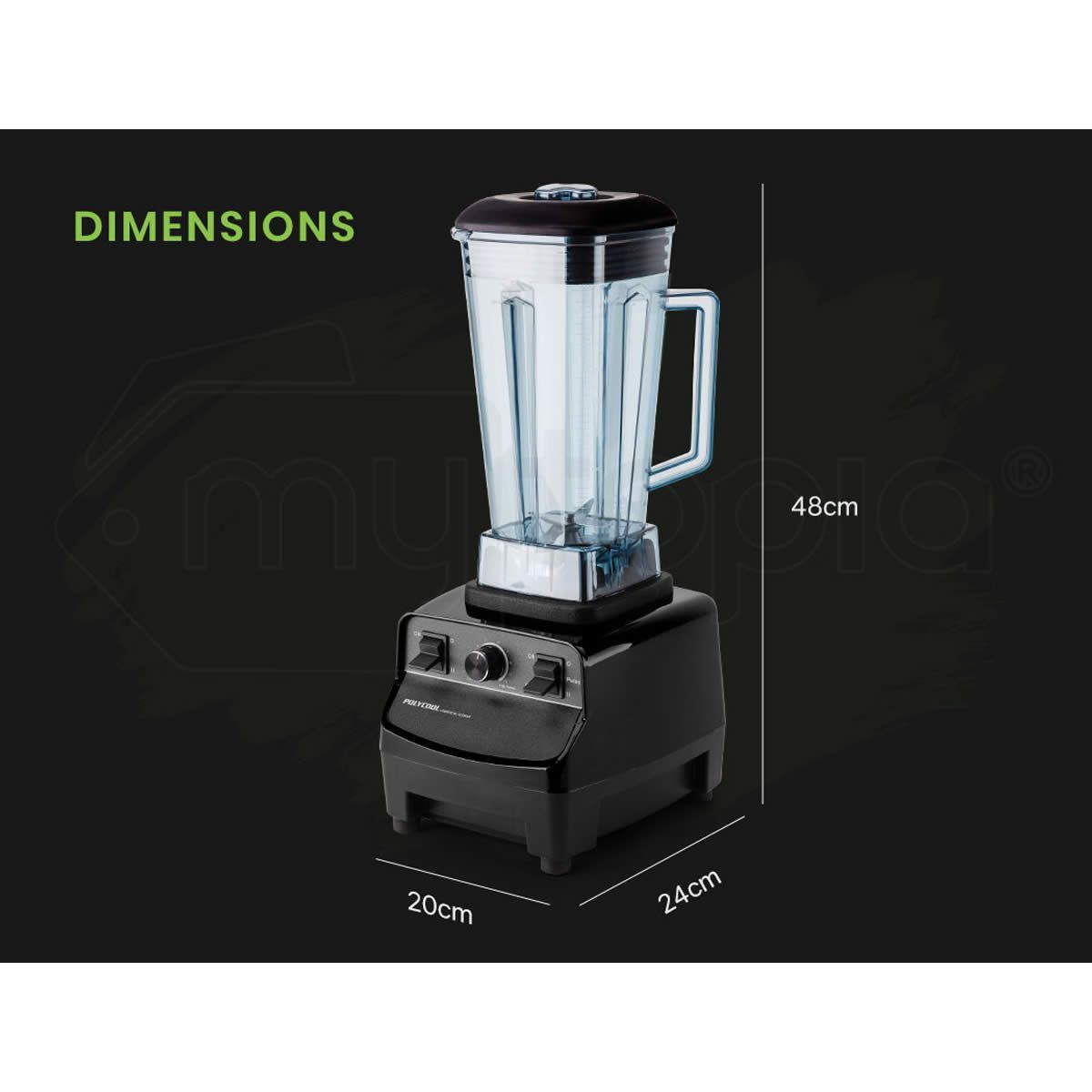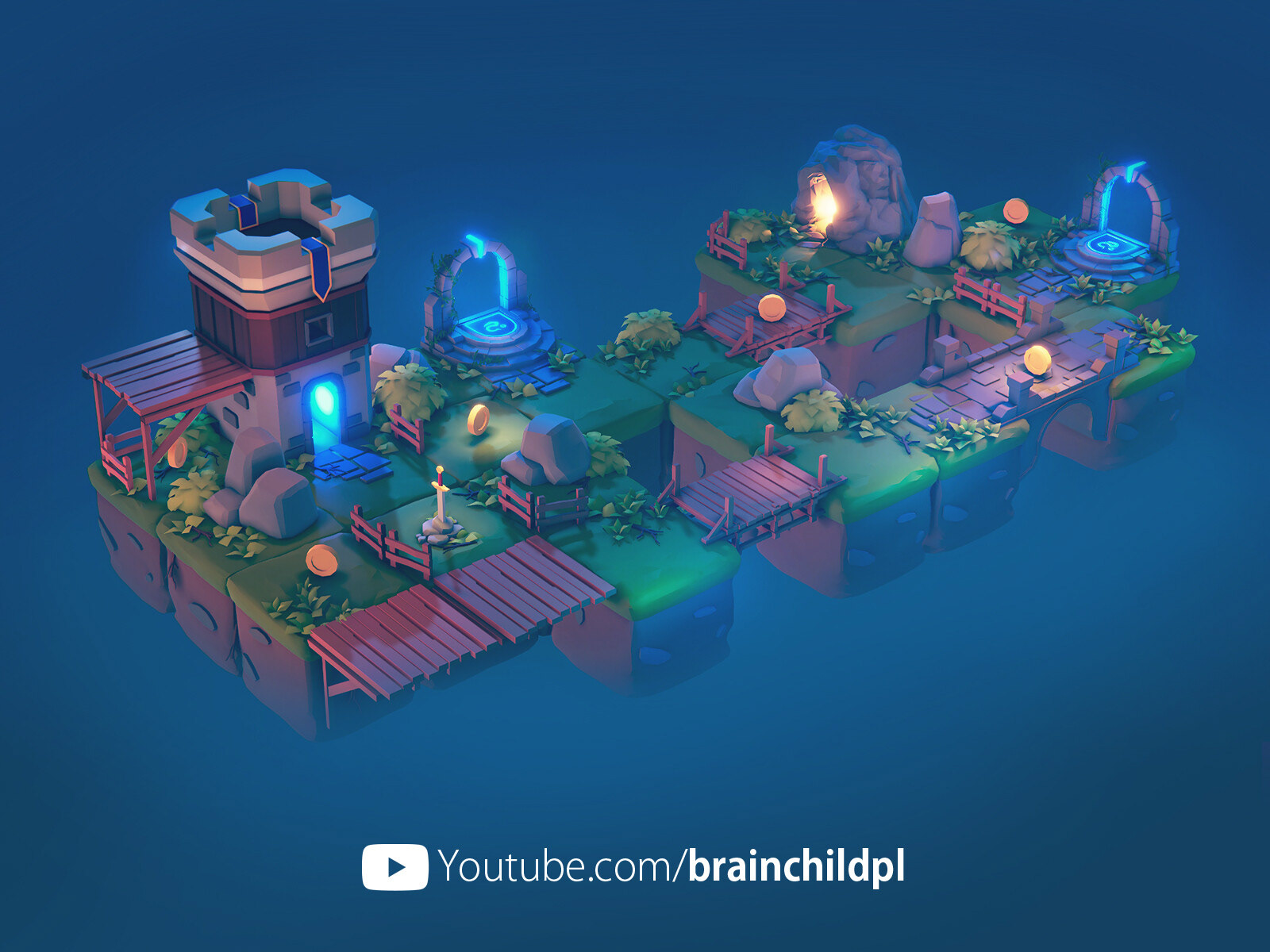


We start from the interface overview until we reach the modeling and finally Texture Painting in Blender. In this course, we will go on an attractive journey together to Step by step learn the Blender. In the cases where there was a range of IOR values for a specific material I have listed the lower value on the left and the upper range value on the right.Would you like to participate in the development of the game? Would you like to learn 3D models ready to use in games? Or are you interested in creating low poly models? Or do you like to paint models in Blender? Or do you want to get to know the user interface of Blender and earn money from it? However, you don't know where to start? That's why I went through all these things step by step in this course. The next list is the full complete list of hundreds of materials and it is organized alphabetically by material name. The first group contains many commonly used materials.

It is for general usage in 3d applications only and not for scientific use. Please do not take this list to be a scientifically accurate list. You should be able to use these values in many different 3d applications - such as NewTek Lightwave 3d, Blender 3d, Autodesk 3DS Max, Autodesk Maya, Maxon Cinema 4D, Next Limit Maxwell, The Foundry Modo and Strata 3d. It obviously helps if you know what the correct IOR value is for the type of surface you are trying to re-create. Many 3d applications these days allow you to input actual IOR values in order to achieve a more accurate representation of surfaces during rendering of your 3d models.

Over the years I have been collecting IOR (Index of Refraction) values I can find for use in 3d rendering applications. Index of Refraction values (IOR) - For use with 3d modeling / rendering and animation applications


 0 kommentar(er)
0 kommentar(er)
